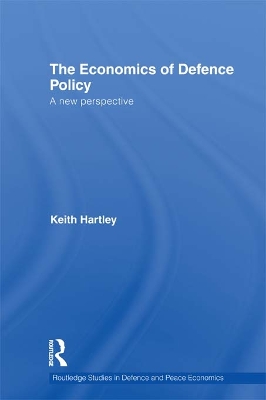Routledge Studies in Defence and Peace Economics
1 primary work • 3 total works
Book 12
Since the end of the Cold War, the world has been faced with new regional conflicts, terrorism and threats from the proliferation of weapons of mass destruction and from rogue states. The world remains uncertain, unstable and insecure with continued threats to global peace and security. The world economic crisis has also threatened government spending with defence as a candidate for spending cuts. Choices have to be made about the size of a nation’s defence budget, its allocation between nuclear and conventional forces, between equipment and personnel and between air, land and sea forces. Major reductions in defence spending and the challenge of maintaining security with increasingly limited resources will confront the defence budgets of all nations.
This book identifies the typical questions raised by economists when studying defence policy, shows how simple economic analysis can be used to answer these questions and provides a critical evaluation of defence policy. Controversial and illuminating, this pioneering work subjects the myths, emotion and special pleading which dominate defence debates to the close scrutiny of economic analysis and critical appraisal. It identifies the range of choices facing all governments with examples taken from the UK, Europe and the USA.
This valuable contribution should be of interest to postgraduates and researchers focusing on defence economics, as well as those working in the military or defence ministries.


